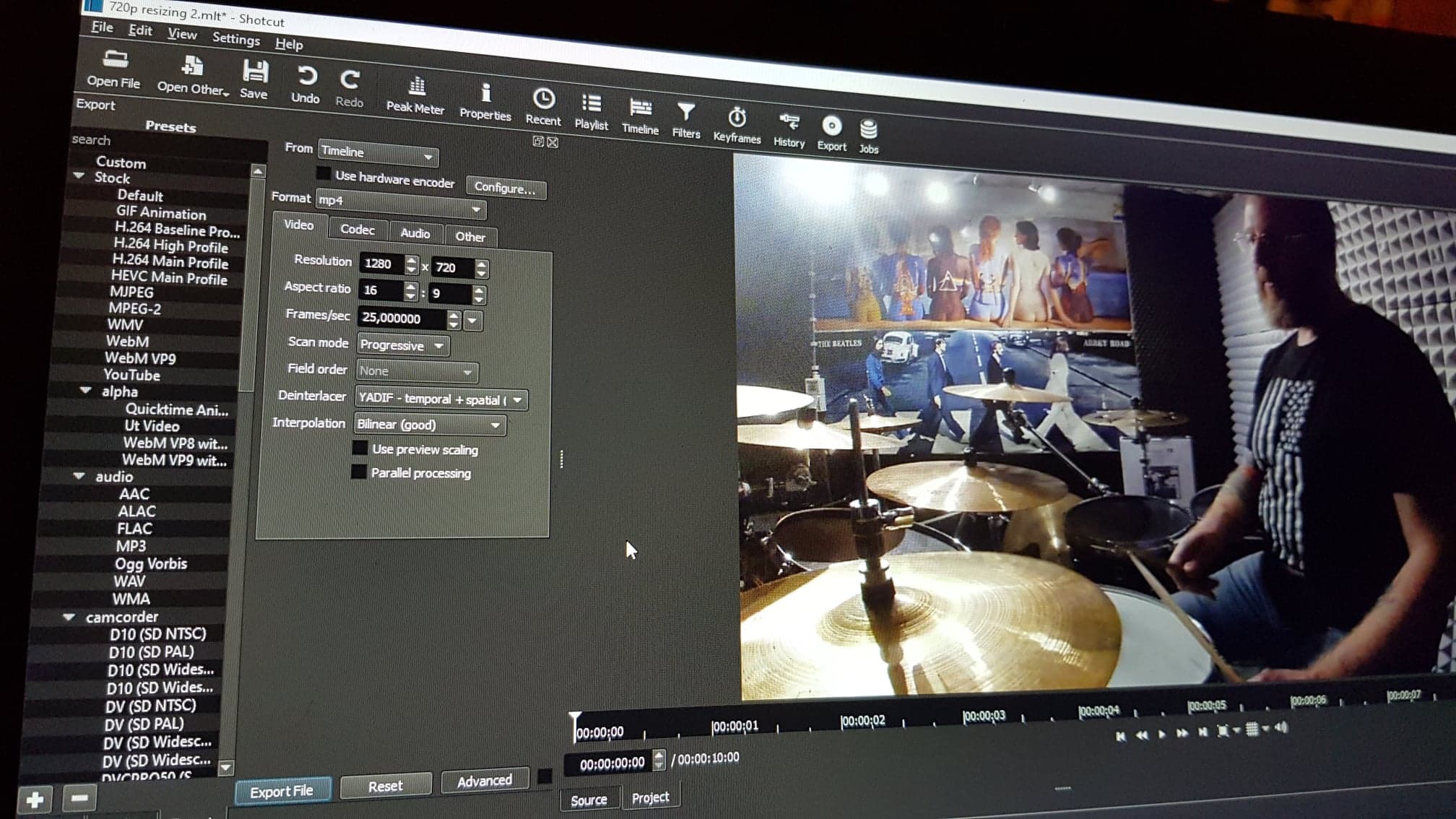

“Read” is in a formal, serif type that you could find in a book or newspaper. Each word of my title (Read, Write, Live) uses a different font that expresses something unique about that word. Play with fontsįor my blog’s header, I decided to keep everything simple and play with fonts rather than pictures or images. On my blog, I count on the pictures inserted in my posts for a blast of color.

It’s a color I like, and I think it brings about the right amount of visual interest. To add variety, choose one (and when I say that, I really mean one) accent color for your sidebar widgets, for the picture in your logo, or for the blog title in your header.įor example, on my writer’s website, I decided to go with dark red. It’s trustworthy.īut of course, black and white can become a little bland. Black and white reminds readers of printed paper, something that’s ubiquitous and familiar. You know your text and your visual elements will be readable on a computer screen, a tablet or a smartphone. You don’t have to worry about colors matching or clashing. In visual design, black and white is a great base to start with.Ī black and white design looks professional, clean, and easy to work with. I’ve always worked under the principle that, when in doubt, you should take the simplest route. You don’t have to go for the $500 creative suite to get the job done.
Cropping in logoist 3 free#
Some are free and most are reasonably priced.
Cropping in logoist 3 mac#
There are a lot of apps and programs you can use for both Mac and PC.

Cropping in logoist 3 professional#
This simplicity let me create more freely than any professional design program could. It also has automatic grid lines that help align all your elements. Its interface is intuitive and it has a few tutorials to show you the ropes. I can use cliparts from its extensive library, add text, apply filters and effects and insert pictures and photos. Logoist is simple and has all the functions I need. This happened to me time and time again, until I discovered a nice little Mac app called Logoist. After five minutes of trying to understand the functions of the program, you give up. You load a picture or an empty canvas and you think “Wow, with all these great tools, I’m sure I can come up with something amazing!” We’ve all tried to play with those complex professional photo and visual design programs. In this article, I will share the lessons I have learned trying to redesign my blog visuals on my own-header, logo, and all. You’re a writer, after all, and writers are better off writing than playing around with pictures.Īnd yet, you can’t afford a designer, so you need to find a way, any way, to do it yourself. The first solution can come at a cost, so cash-strapped bloggers can easily be tempted to try building their blog’s visual elements by themselves.īut what if, like me, you’re visually incompetent? I mean, really incompetent? You can’t draw a stick figure to save your life, and you know absolutely nothing about the basics of visual design. There are two solutions to this problem: you hire a designer to work on your new visuals from scratch, or you try to do it yourself. Have you ever woken up one day, looked at your blog’s header and other visual elements, and thought, “My, this is ugly!” This guest post is by Anabelle of Read, Write, Live.


 0 kommentar(er)
0 kommentar(er)
